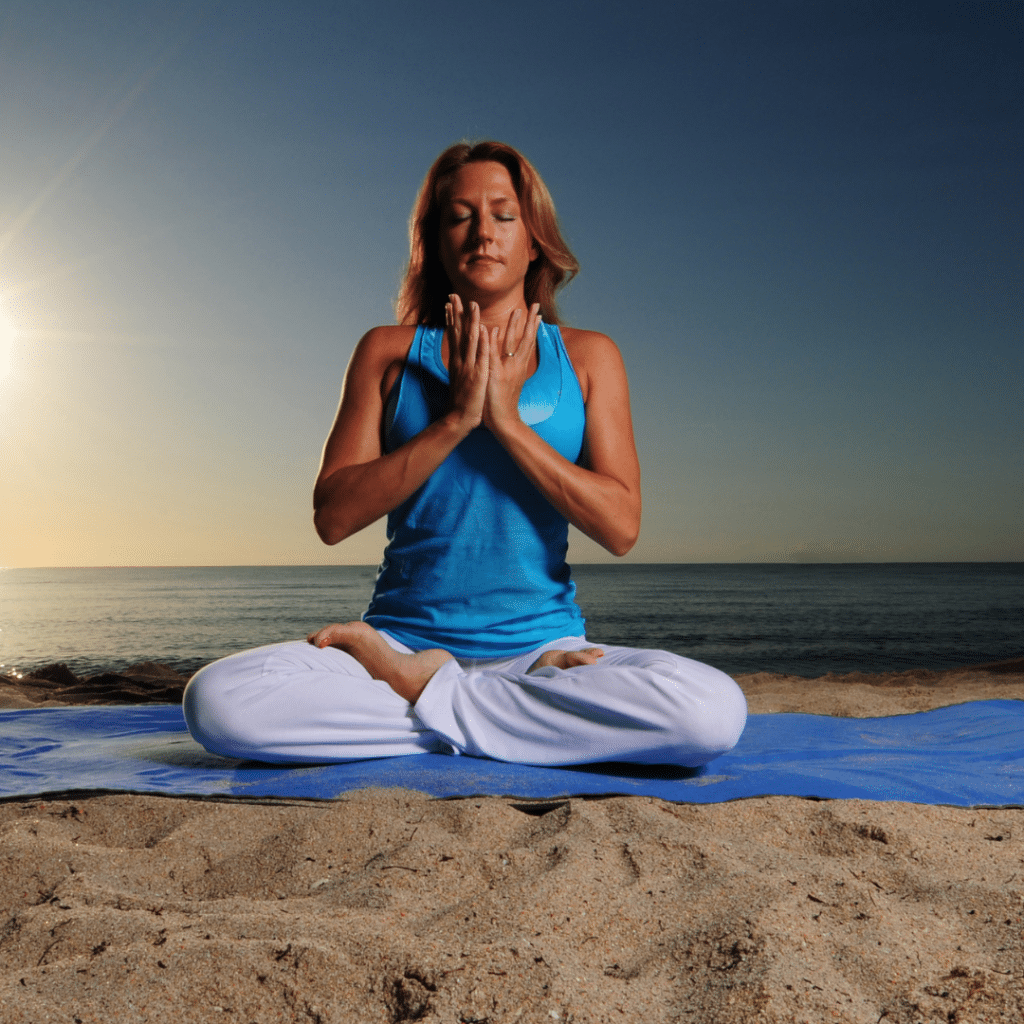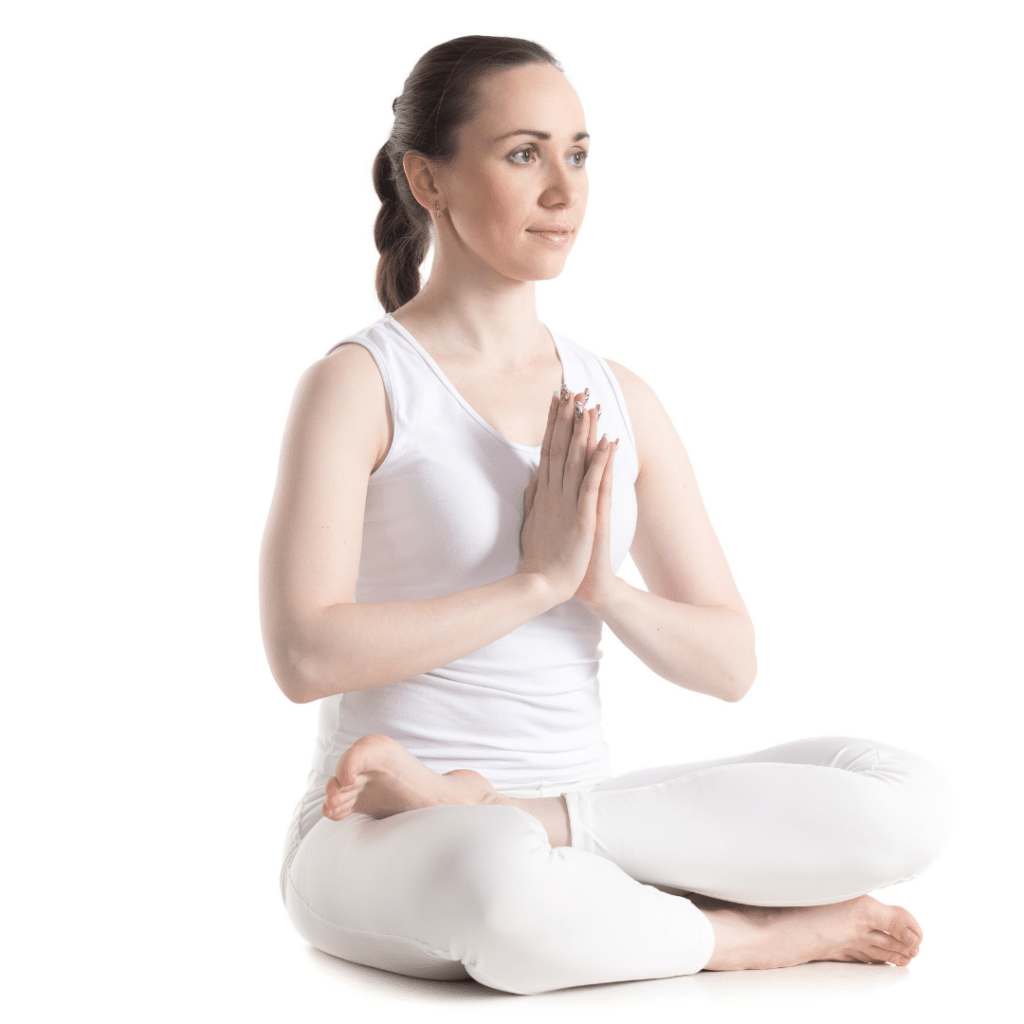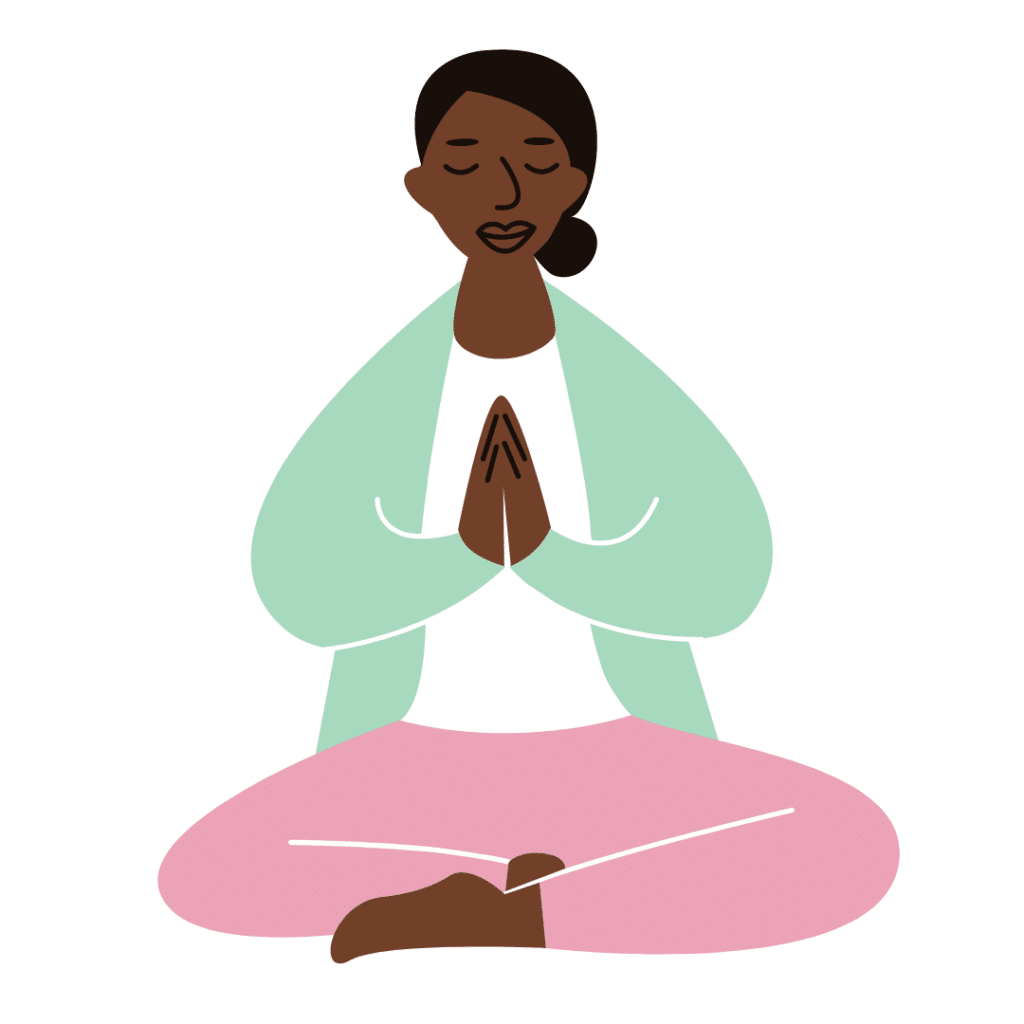What is Meditation?
This post is all about what meditation is. It may not seem like it should be complicated, but almost all the answers I see leave things feeling murky. Even after teaching meditation for the last ten years, I still have trouble formulating a precise definition.
In short, meditation is the training of attention and awareness. This training can bring clarity, tranquility, and a deeper understanding of one’s tendencies, habits, and nature.
That’s the most precise definition I can come up with, but there’s a lot more to the practice and discipline of meditation. Keep reading, and we will see where we land.
But What is Meditation really?
I get it – that definition doesn’t tell us very much.
Sure, it’s the training of attention and awareness, but what does that mean?
How do you do that?
Why Would you even want to?
The most basic form of meditation is where you give your attention to one thing exclusively for a set period. This one thing can be the breath or the sounds around you. It can be physical sensations in the body, such as your hands or the place where your butt meets the cushion or chair. It can be the repetition of a word or phrase, often called a mantra.
I know this sounds simple – maybe too simple – but it is much more difficult than it appears.
To understand this, take a moment and consider how often you are doing the opposite of focusing on one thing.
How often are you giving your attention to two or three or four different things?
How many times have you been on a long trip and realized you can’t remember the last hour?
How often does someone tell you their name, only for you to forget it 15 seconds later?
We spend a lot of time distracted, and it’s not a habit we break quickly.
When we sit down in meditation and bring the mind back to one thing, whatever that might be, we are teaching it to stay in one place. It is as simple as focusing until we notice we are distracted and then returning to the object of meditation. We do this over and over again, without criticism or judgment or assessment of the distraction or ourselves, until our timer dings and we go about our day.
That’s all there is to it.
There’s nothing magic about it. There’s nothing especially complicated about it. It is a simple training of attention and awareness.
Try it right now:
Sit comfortably.
Notice your breath.
See if you can stay focused on it from the beginning of the inhale to the end of the exhale.
When you notice you are distracted, return to the breath.
Don’t assess, judge, or criticize the distraction or yourself. Just return.
That’s it.
It’s not as easy as it seems it would be.
This makes sense if you think about it. The mind tries to take in as much information as possible, but it can only do so much. Because of this, it has to constantly scan the environment to make sure we are getting the information we need to keep us safe. The scanning isn’t the problem. The problem is that the mind doesn’t know how to stop, so it jumps from thing to thing to thing, some real, some imagined.
Did I shut the garage door? Oh man, I hope I did.
I hope Richard isn’t rude to me today. I don’t have it in me to deal with him this morning.
I wish I hadn’t made fun of that girl in high school. I hope it didn’t damage her somehow.
Ugh, the grass is really growing after all that rain. I didn’t want to mow this weekend.
I wish he’d stop forwarding me these chain emails. He doesn’t realize how ignorant they make him sound! If he’d only listen to reason.
This monologue goes on and on, day after day, whether we want it to or not.
It’s exhausting, but it’s the mind doing the best it can to keep us safe.
Here’s the cool thing though: every single time we notice that we are distracted, and every single time we that we direct our attention to one thing – whether that thing is the breath, the sounds around us, a physical sensation, whatever – we strengthen our ability to stay present.
That’s what meditation is.
The Mechanics of Meditation
Meditation is as simple as the above paragraph makes it out to be. There are also things we can do to make the habit easier to maintain through behavioral cues and good foundational practices.
Posture
Posture matters. You want a dignified posture and one that you can maintain for an extended time. Our spine holds our body upright, and we want to help it do its job. Sitting on a cushion or rolled-up blanket on the floor is helpful. You want to sit on the front 1/3 of the cushion or blanket so that your pelvis rolls forward. This position makes good posture much easier.
If you are sitting in a chair, make sure you aren’t leaning back in it, and make sure your feet are flat on the floor. A solid base is essential, especially as you meditate for longer and longer periods.
So: spine is straight, ears are over your shoulders, and your nose is over your navel.
A dignified posture for a dignified practice.
Eyes
What do I do with my eyes?
What you do with your eyes is the subject of some debate. Some say close them. Some say they need to be open. Some say cap them. Some say do whatever you want. I tend to be in the third category for no reason other than I cannot keep my eyes open without them burning and watering.
The value of closing your eyes is that they don’t burn and water, and you may be less distracted by external things. The downside of keeping them closed is that the mind tends to get pretty hyper when it is the primary input, so getting distracted is easier. Keeping our eyes open also helps us remember that we aren’t retreating from the world but seeking to meet it head-on.
Ultimately, try both and do what you can do.
Hands
The hands also manage to generate some debate. Some people and traditions are fans of different hand postures called mudras. Some people believe they hold specific power. Others think they are helpful in holding focus and maintaining awareness.
Once again, I do not claim to know which of these two perspectives is correct, so I do not hold a strong opinion. Often, people prefer to let their hands rest in their lap, and I think this is fine. Try different things, and do what feels most helpful to focus and awareness.
Legs
You may notice a trend emerging: there is debate about how to sit.
There are a few different ways to position your legs.
Some schools emphasize the ability to sit full lotus, and this seems to be the archetypal picture you always see of a “real” meditator: butt on a cushion, right heel on your left thigh, left heel on your right thigh, or vice-versa. Full lotus is, most likely, the best way to sit, but I am not sure it’s possible for everyone.

After years of sitting, I still can’t get my legs in this position for any length of time. I’ve met people with short legs who can’t sit crisscross at all, so I can’t see full lotus being an option for them no matter how much yoga they do.

A second position is called half-lotus, where you place the right ankle on the left thigh or vice-versa without trying to follow up with the other leg. This one has always felt unbalanced to me, and I strain my lower back trying to maintain posture, but I know people who prefer it.

A third, and the position I use, is often called modified Burmese. It’s very much like sitting crisscross, but instead of stacking your legs on top of each other, you place them parallel, with the tops of your feet on the floor. I’ve found that I can comfortably maintain this posture for about as long as I want to without any pain or my feet falling asleep.
Lastly, there’s always using a chair. This works for a lot of people, but there are a few things you have to consider. You want to use a straight-backed chair, not your recliner. The ideas about a straight spine still apply. Sit so that that your feet are flat on the floor. Posture will be more and more important as you sit for longer periods. A stable base may be the only thing keeping you from tipping over.
Setting
Where should I meditate?
We’ve all seen the beautiful mediation rooms in magazines and movies. If you have one, awesome. Everyone else needs to focus on creating a quiet space where you won’t be disturbed. It is impossible to settle into meditation if we are waiting for our kids to bust in the door at any second or keep anticipating our roommate walking in.
In general, anywhere with a reasonable expectation of privacy for 20 minutes will do, and things like noise-canceling headphones and eye masks can make it all easier. I’d encourage you not to put too much effort into this, though. Meditation is about learning to accept the world exactly as it is. Putting too much effort into blocking everything out is counter-productive to this.
Create a quiet, clean spot to sit and get started.
Time of Day
The best time to meditate is right now, although some people prefer different times of the day. The morning seems especially easy as the mind hasn’t started to rev up with all the day’s nonsense yet, but it might also be difficult if you aren’t a morning person.
A lot of people enjoy meditating in the evenings before bed, but others are too tired. Don’t let minor nit-picky considerations derail your practice. Experiment with different times and go with the ones you like the most. The one thing to avoid is scheduling it after eating. The act of digestion makes it a lot harder to concentrate. I know it sounds strange. I thought it was nonsense until I tried it.
Don’t get too caught up on the when. Meditate when you can.
Wrapping Up
We’ll dive into this topic in more depth over the next few weeks and months. It may seem strange at first, but meditation is a life-changing practice. We don’t know this until we try it because the mind has such a hold on us. It’s like a fish trying to understand the concept of water while living on the bottom of a lake.
It is fantastic to see how many of our problems are constructs of the mind. When we learn to watch this instead of being caught up in it, everything changes.
Give it a try.
You won’t regret it.
You can sign up for the free resource library I have to make this all easier – there’s a full introduction to mindfulness in there, as well as a few other resources.
Let me know if you have any questions and I’ll do my best to help.
Take care.
Want more? I write a lot. I also have a podcast and post videos and mini-blogs on Instagram.

Recent Comments